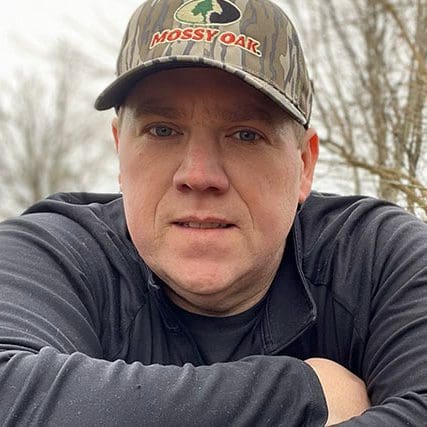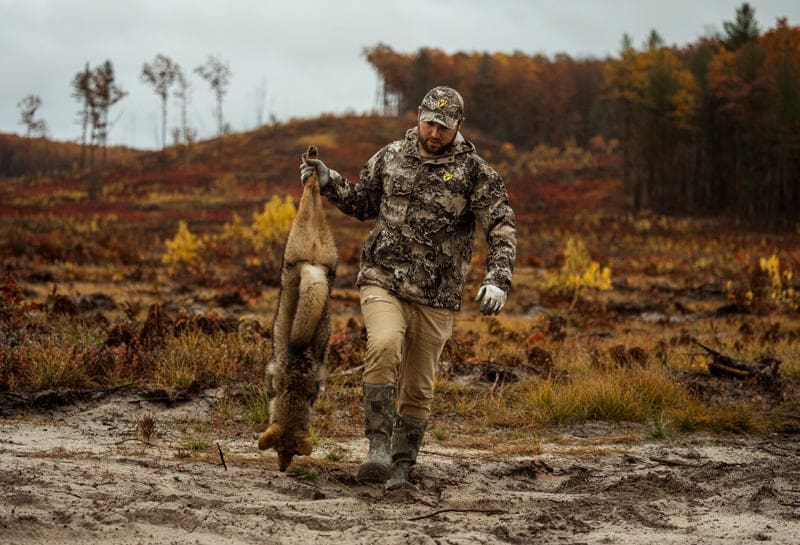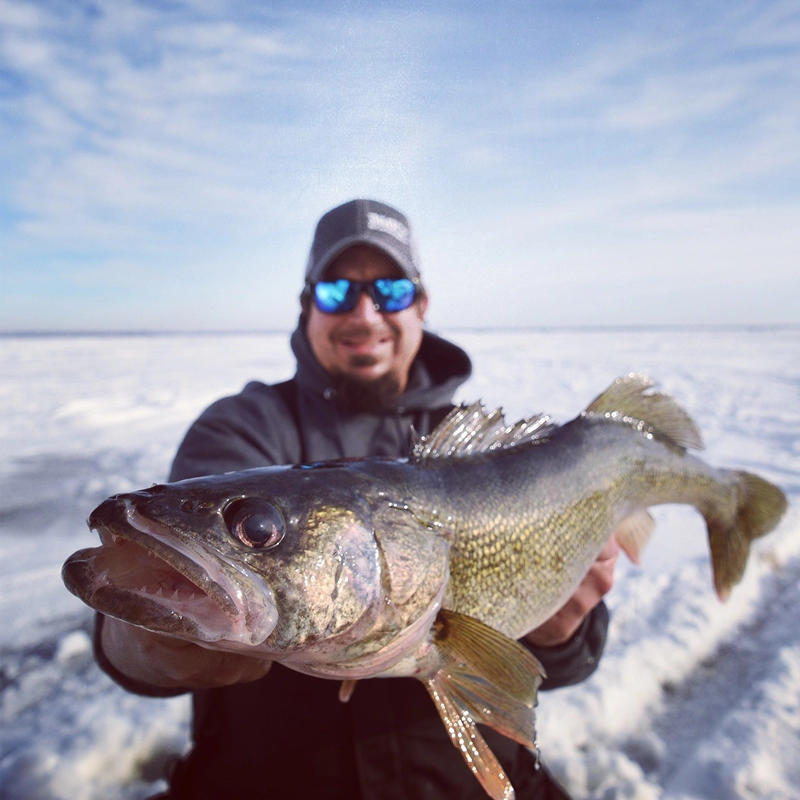Embarking on the breeding season for coyote hunting is akin to the anticipation surrounding the November rut for whitetail enthusiasts. As for myself, in recent years, I have gone from being a predator hunter who hunted every month of the year to taking a four-and-a-half-month pause to put more effort into hunting whitetail deer. I now relate my coyote hunting experiences to those of a NASCAR driver. The Daytona 500 is the season’s first race and is also considered by many the Super Bowl of racing; I look at the start of my predator hunting season as the Super Bowl of coyote hunting.
The breeding season period for coyotes promises heightened activity and increased vocalization, making it a prime time for predator callers. As the field becomes more dynamic, hunters can capitalize on these favorable conditions and begin their calling season by deploying strategic sounds. Here, we delve into five go-to sounds that prove exceptionally effective during the breeding season and the reasons behind their success.
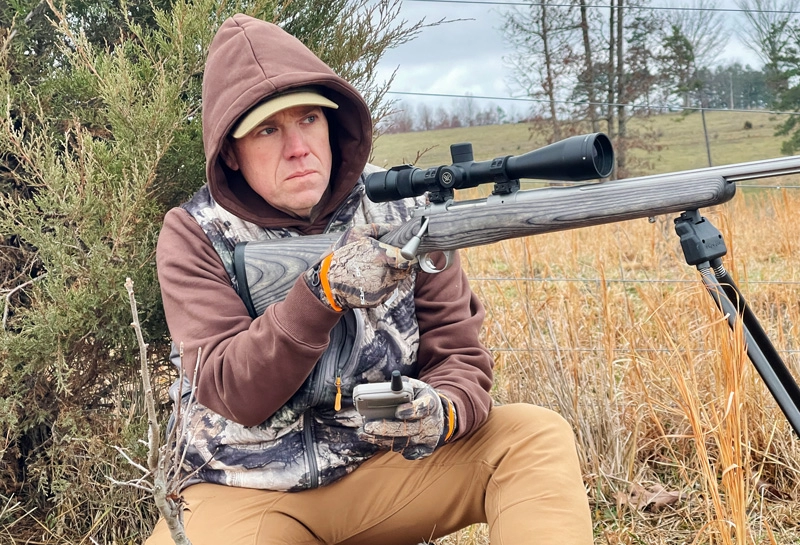
Female Invitation Howl: Unlocking the Allure of the Female Call
The allure of the female invitation howl during the breeding season lies in its unique ability to attract male coyotes. When hunters explore the science behind this captivating sound and understand how it can be harnessed to draw in coyotes with unparalleled effectiveness, they quickly see why it tops the list of best sounds.
The female invitation howl is a non-threatening howl made by a female coyote during the breeding season. Its name says it all, as the howl invites a male coyote nearby to join her. I use this sound to begin my calling sequence during the breeding season, which can be anytime from the beginning of January through the end of March, depending on what part of the country is being hunted. Often, a male coyote will respond by howling back or charging in quickly to see who wants to go on a date.
Lone Howl: Fanning the Flames of Competition
A lone howl emerges as a potent tool during the breeding season, igniting a sense of competition among coyotes. The lone howl is probably the most used coyote vocal by predator callers, and for a good reason. This solitary call’s psychology shows how it works so well by creating an environment where coyotes compete for attention and dominance.
At the beginning of a calling sequence, I often use a diaphragm or electronic call to imitate the lone howl. When a coyote hears another coyote in the area, they immediately pay attention. If they don’t respond to the howl alone, they typically will when the second phase of the calling sequence begins. For example, if you howl first and then pause a few minutes before playing a rabbit distress call, the nearby coyote feels the urgency to get to the rabbit first, resulting in a faster response time.
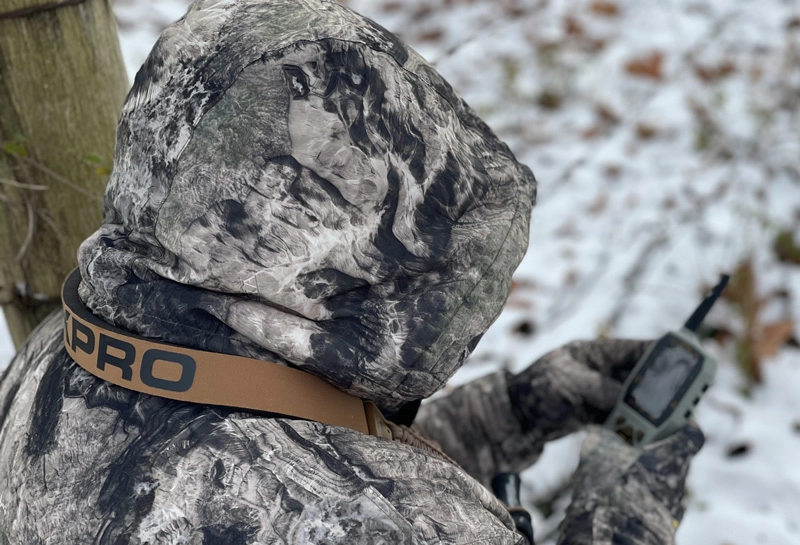
Female Whimper: The Love Language of Breeding Females
The breeding season introduces the female whimper, a sound that resonates with the unique communication of female coyotes during this crucial period. The significance of this sound in the context of breeding behavior can be a game changer when calling male or female coyotes near breeding. As with a mature whitetail buck, when they hear an estrus bleat from a doe, a female coyote whimper is a sound that informs males that a female is ready to breed. When coyotes hear this sound, they waste no time responding to the request for a male presence. This sound can be made on a diaphragm or electronic call as well.
Challenge Howl: Unraveling the Dynamics of a Challenge
What exactly is a challenge howl, and why does this sound excel during the breeding season? The intricacies of this aggressive vocalization can be better understood when hunters better understand the territorial instincts of coyotes.
A challenge howl comprises a few sharp barks and a quick, aggressive howl. This sound is made when a coyote thinks someone has invaded his territory. During the breeding season, male coyotes are often paired with a female coyote. When the male hears a challenge howl, he becomes territorial and wants to run the intruder out of the area. When making the challenge howl on an open reed coyote howler or with an electronic call, be ready for coyotes to respond and ready to brawl.
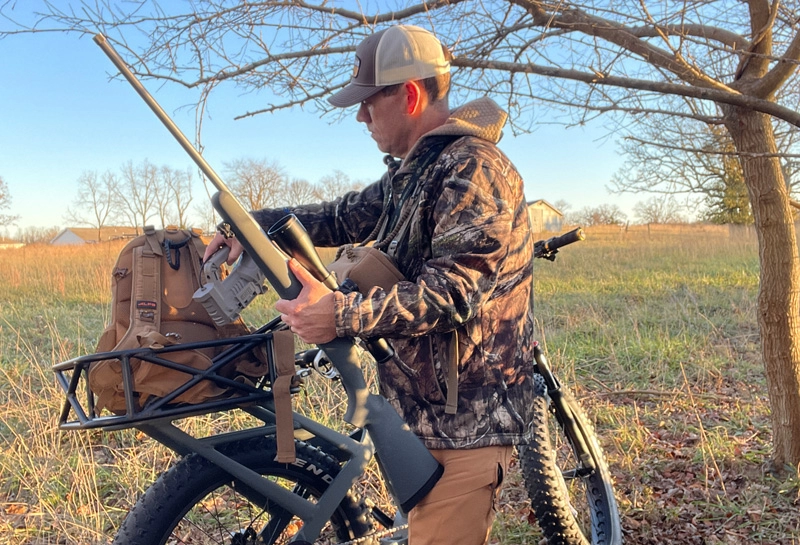
Any Distress Sound (Except For A Rabbit): Navigating Call Shyness During Breeding Season
As the most hunted time for coyotes, the breeding season brings forth a challenge: call-shy coyotes. The ubiquitous rabbit distress sound is one of the most highly effective sounds for calling in coyotes, yet during the breeding season, the best thing to do is to ditch this sound altogether. The calls that resonate best with coyotes are sounds that are less accustomed to electronic calls. Instead of using a rabbit sound, use sounds such as woodpecker, flicker, blue jay, or other bird distress sounds that coyotes have heard less often. The less popular sounds can give hunters an edge during this highly competitive period.
Understanding the nuances of these sounds is paramount in navigating the intricacies of breeding season coyote hunting. By arming yourself with this knowledge, you’ll elevate your hunting experience at the beginning of the year, leaving the remainder of the season open to increase your success on the coyote hunting calendar.
